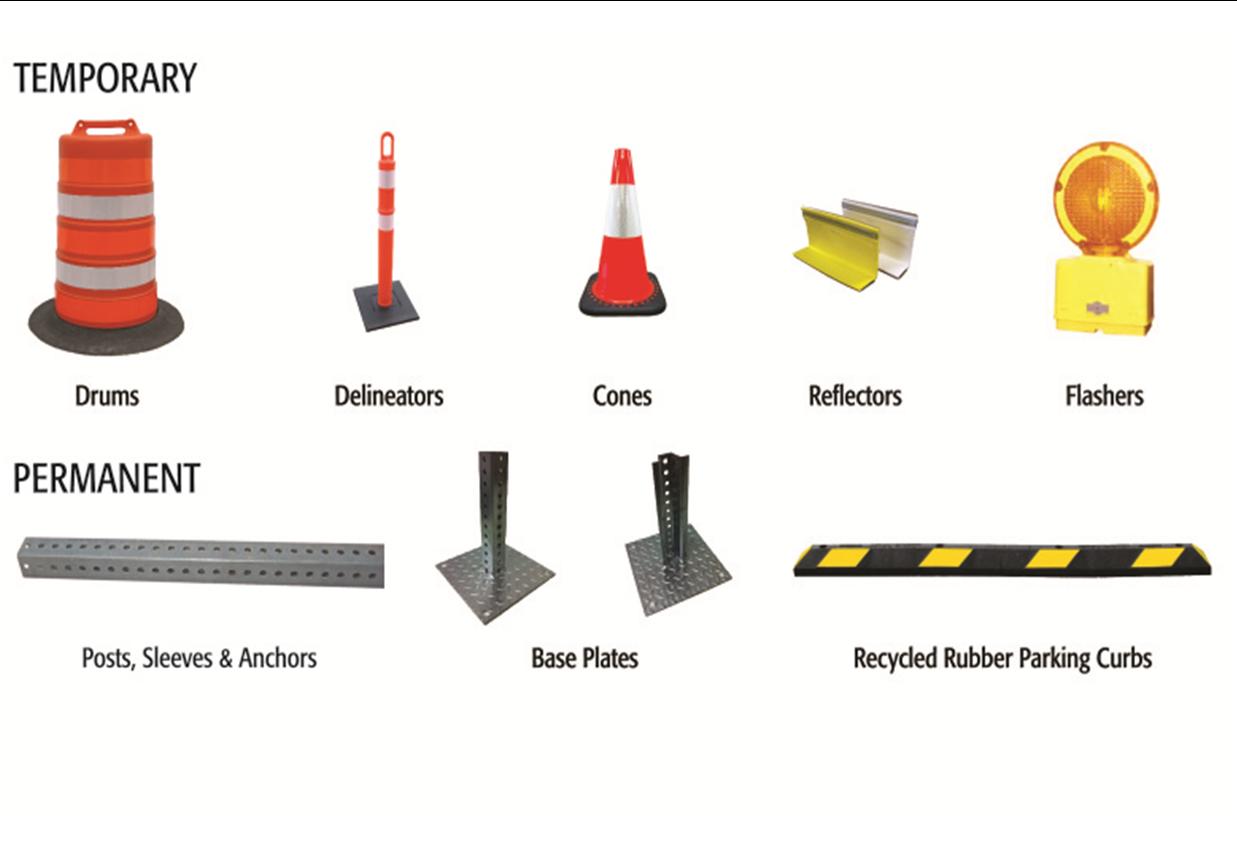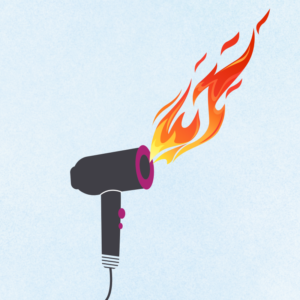Distracted Driving Awareness Month is observed each April, and with good reason – distracted driving has become an epidemic on the roads. Educating drivers about the dangers of distracted driving is paramount, since people are now expected to be more accessible for communication than ever. Additionally, the National Traffic Highway Safety Administration (NTHSA) has evidence that human factors cause up to 93% of investigated crashes. Despite dramatic reductions in miles driven during the pandemic, 2020 was estimated to have the highest amount of motor vehicle deaths in thirteen years, – a spike of 24% spike in roadway deaths. This number increased another 12% in 2021.
One new and potential cause of this uptick is pandemic-related stress. According to a study by Periscope, General Motor’s safety brand, the pandemic has caused Americans to experience high levels of anxiety and stress while behind the wheel. Drivers reported feeling 40% more anxious driving than they did pre-pandemic, and 54% of drivers admitted they have cried while operating a motor vehicle.
Other established causes of distracted driving include:
- Talking on the phone. While the awareness and laws about using a phone while driving are widely known, the behavior continues. Talking on a hands-free phone has been shown to be equally as distracting as talking with a mobile phone in hand. Research shows the driver’s brain uses more of the visual processing resources during a hands-free call than originally understood.
- Texting or otherwise checking a phone. Consider this: taking your eyes off the road for even 5 seconds at a speed of 55 mph is the equivalent of driving more than 400 feet, or more than the length of a football field, with eyes closed. Social media, texts, and emails need to wait.
- Adjusting audio, navigation or climate controls. These small driver adjustments, like turning on your heated seats or changing from radio to a streaming music app, can take your focus off the road longer than you think. Set your music, temperature, and destination before you begin the drive.
- Eating or drinking. Eating and drinking behind the wheel requires one-handed operation, and spilling a beverage and unwrapping or dropping some food can cause a serious distraction. Driving while eating or drinking non-alcoholic beverages is not prohibited by a primary law in the US, but motorists may be cited by law enforcement for reckless or dangerous driving.
- Talking to a passenger. According to the Department of Motor Vehicles, certain tests have proven that for teen drivers, talking to someone riding in the car can be more distracting than texting. This may be due to peer pressure – studies show when teens have other teenaged passengers, the accident rate significantly increases.
The importance of keeping one’s eyes on the road, staying alert and fully focused on driving cannot be stressed enough. Each driver has a responsibility to avoid operating a vehicle while distracted to help prevent accidents. If you need help determining human factors or other causation of an accident, CED’s Transportation Group can help determine the cause of the incident. Submit your case online today.





